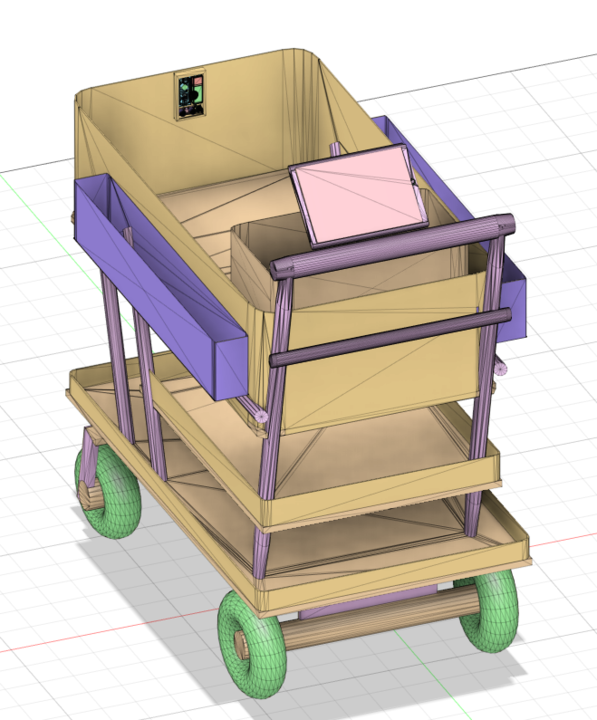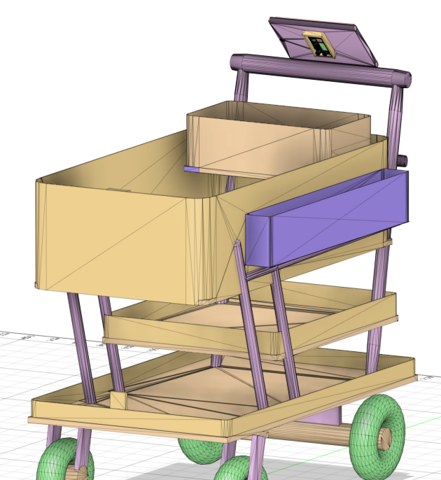About:
- This Projects Focus Was Redefining The Shopping Experience
Shopping is seen as a task, and not a fun one at that. In this project, my group looked at how we could redefine this experience and improve the experience for both shoppers as well as employees at these stores. My focus was on collecting data via interviews, organizing and analyzing data, and creating visuals for presentation.
Skills Practiced, Utilized, and Learned:
- Identifying Problems With Current Real World Experiences
- Identifying User Groups
- Collecting, Organizing, and Utilizing Data
- Analysis of Data Using Tools Such as Task Flow Diagrams
- Evaluating Solutions and Based Of Real World Data and Feedback.
- Improving the Solution Based on Feedback
Getting Started:
We started by Identifying problems with the current shopping experience. Through multiple
interviews
with both customers and employees at supermarkets, we identified a myriad of issues that made the
shopping experience take longer, feel more annoying, and generally frustrating things. These were things
such as long checkout lines, difficulty finding products, and hard-to-find employees just to name a few.
Finding A Solution:
From there we zeroed in on a primary and secondary user group. Our primary group was
shoppers in
supermarkets and the secondary user group was employees at supermarkets. By identifying a concrete user
group we were able to interview people from these specific user groups to get first-hand, real-world
data about experiences to ensure we were focusing on the most important problems that shoppers were
experiencing.
Using the data from the interviews along with some tools learned in the class we were able
to
organize
the data into useful structures and prioritize issues that were the most common and pressing. One such
tool was a task flow diagram. This is where the current experience is broken down into a series of
smaller steps and then the same with proposed solutions. This ensured that our solution improved the
situation and made sure that the parts of the shopping process that were identified as problematic were
fixed by the proposed solution.
Our Solution:
After analyzing data, prototyping, getting feedback, and incorporating it into a design our team came up with a tablet that could be mounted to the handle of the cart. This solution allows for easy retrofitting to older carts. The tablet is able to sync with the store's mobile app and display a shopping list, give a map to items, search for items in the store to compare prices and locate items, help customers find staff, weigh produce, and check out from the tablet using AI and cameras mounted in the tablet. We found that by adding a single device we were able to solve as many problems as possible with the lowest cost to the supermarket.
Gallery:

[cart with tablet]

[tablet internals]

[full shot of cart with tablet]